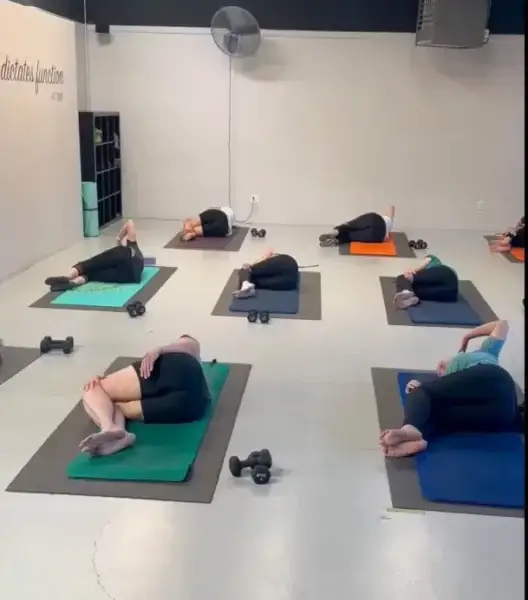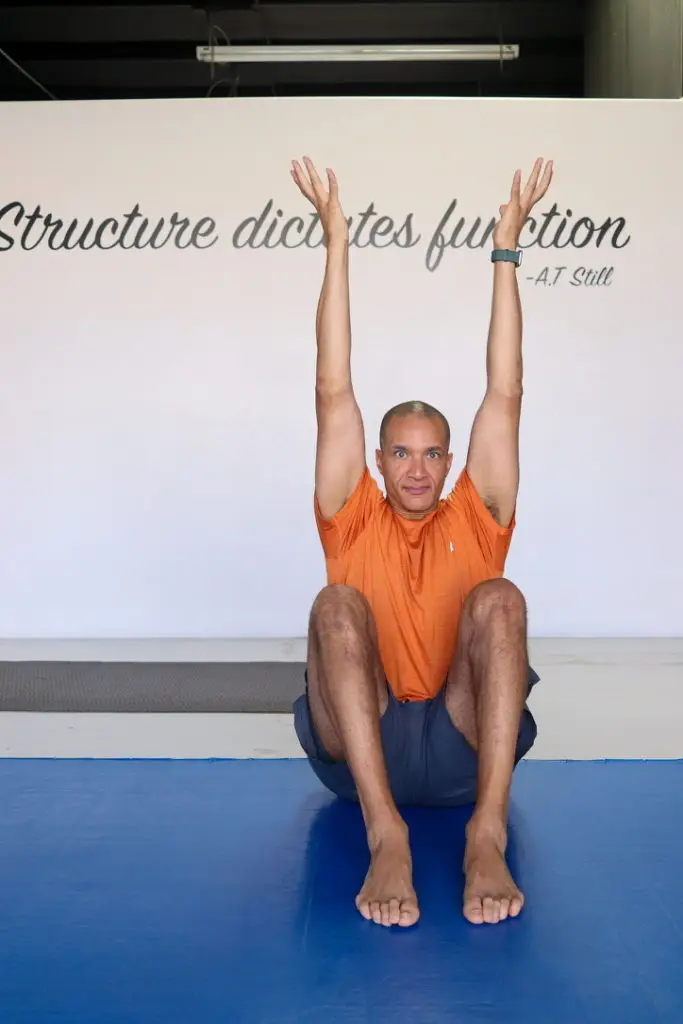
Every year, wellness magazines, social media, and even friends bombard you with “miracle” quick fixes. Mouth taping, cold plunges, red light therapy, infrared saunas, collagen boosters, intermittent fasting—some with genuine value, some with not a shred of supporting science. Yet, month to month, most people continue to search for the one “secret” that will change everything.
The Problem with Fads
Fads seduce us with promises of speed, simplicity, and community (“everyone’s doing it!”). But most fads, in isolation, don’t address the foundational needs of human movement: strength, mobility, balance, and systematic progression. Worse, randomly stacking the latest biohacks without a plan can:
- Waste time and money
- Lead to confusion and burnout (“why isn’t this working for me?”)
- Increase frustration by cycling from one method to the next without steady improvement
Real-World Impact: Janet’s Story
Janet, age 52, came to SolCore exhausted and disheartened after six months of jumping on every trend. She invested in three gadgets, tried two “transformational” diets, and even scheduled online “reset” challenges. Her results? Diminishing returns, a sore shoulder, and dwindling motivation. “I was burning out just keeping track of all the new things I was supposed to do,” she said.
What Janet craved was a proven method that worked with her body, not against it.
What a “Scientifically Based Program” Actually Means
- Holistic, Evidence-Based Design: A real program is built around how the body functions—not just muscles, but the entire myofascial and nervous system. It combines mobility, stability, strength, and smart progression, not one-off circus tricks.
- Customization: The best approach is adapted to your unique structure, history, and lifestyle.
- Integration: No random add-ons or “super-moves” tacked onto already overloaded routines. Every intervention has a tested place in the whole.
- Progression You Can Track: Steady challenges and adaptive blocks—so you’re never stuck but never thrown into chaos.
Accessories vs. Essentials
There is a place for ice baths, targeted supplements, or innovative tools. But none can replace the basics of:
- Proper mobility work
- Core and posture training
- Thoughtful rest, hydration, and nutrition
- Mind-body awareness and feedback
Until the essentials are in place, accessories are just noise.
What Gets Results?
SolCore’s programs focus on:
- Functional strength (movement you use in daily life)
- Fascial line training (targeting real, full-body change, not muscle isolation)
- Breathwork and neural resets
- Education—so you know why you’re doing every rep
Transformational Story
Client “Rick” was a devoted follower of every new fitness app, but never saw his neck and back pain resolve. After switching to a personalized, progressive routine based on scientific principles—and with smart guidance and feedback—his injuries disappeared, his performance improved, and he finally rediscovered joy in training.
How to Spot a Real Program
- Does it have a clear logic and progression, or just a menu of “pick three” exercises?
- Are assessments included, not just workouts?
- Does it adapt to your changing life, not just faddish seasonal shifts?
- Are the coaches trained in anatomy, functional medicine, and real program design—not just sales copy?
- Do you feel supported, informed, and empowered to progress?
Your Next Step: Free Consultation
Ready to leave overwhelm and confusion behind? Schedule a Free Consultation. We’ll discuss where you are, what you’ve tried, and help you map out a plan built on science—not passing trends. If we’re the right fit, you’ll discover how fun, sustainable change actually happens.
Final Note
The best program is one that gets you real, sustainable results by honoring the unique science of your body. Stop chasing fads, start building a foundation that lasts.
It’s not just working out, it’s building a foundation for a better life.
Find out more @









